“History of Defence Movement: Victoria’s First Soldiers by A.W. Greig”
This history was published on 6th April 1912 in the Melbourne newspaper, the Argus. The article is long, and the print faded, so I will transcribe it in installments. The punctuation, spelling, and lengthy sentences are as printed. I have added some contemporary illustrations, as well as those included with the article. I found it interesting; I hope you do too.
_____________________
Part 3
During the sixties the movement may be said to have reached its zenith. Between March 30 and April 2, 1861, an encampment, attended by over 2,000 men, was held on the estate of Mr Thomas Chirnside, at Werribee, and it was claimed that this was the first occasion upon which the “self-elected soldiers” of either Great Britain or Australia had spent a night under canvas.
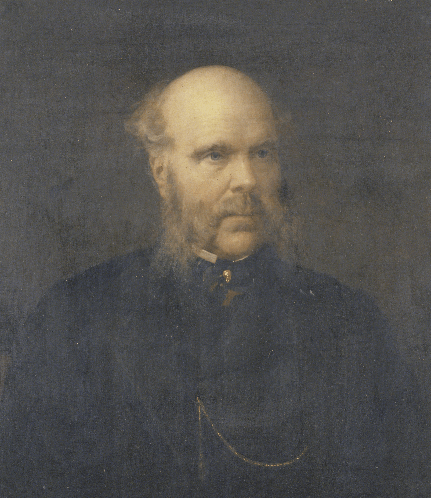
State Library Victoria. image # 49197287, Thomas Chirnside 1874.
The infantry companies at this period were armed with the Enfield rifle, and the majority of the citizen soldiers were clad in a sober “colonial” tweed, which, with a little use, assumed a dingy hue, and was selected for the same reason as that which lead to the adoption of the modern “khaki” – its invisibility.

Australian Maritime Museum: object 6580. A Pattern 1853 Enfield Rifle Musket.
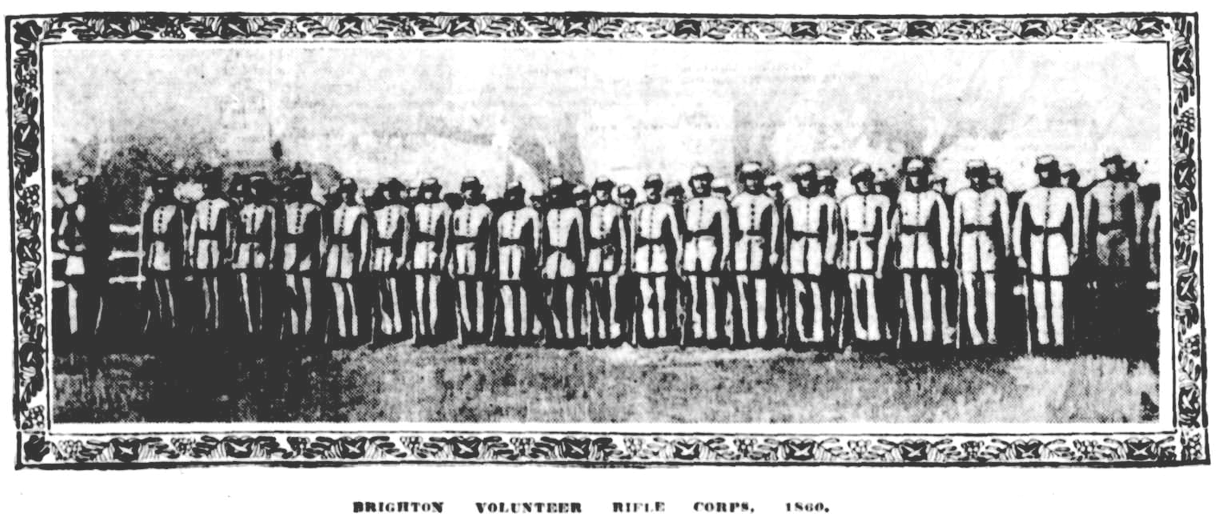
A few corps, however, remained faithful to the dark green of an earlier day; and here and there utilitarian considerations were brushed aside by the wearing of red “Garibaldi jackets,” gathered in at the waist like a woman’s blouse. Dark blue seems to have been the recognised uniform of the artilleryman from an early date; while the taste for the picturesque was catered for in the clothing of a drum and fife band, composed of lads from the Immigrants’ Home, which was attached to the force. These boys appeared at the “birthday” review of 1863 garbed in the costume of French Zouaves, having “wide peg-top scarlet trousers, blue jackets, with yellow braid, and little scarlet caps, with tassels.”
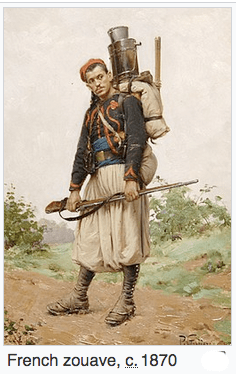
A French Zouaves, from Wikipedia.
This year also saw the reorganisation of the force, which was now composed of two naval, seven artillery, and 13 rifle corps, and one company of engineers; while all the mounted troops in the colony were combined into one regiment, christened the “Prince of Wales Light Horse,” in compliment to the newly-wedded Heir-Apparent.
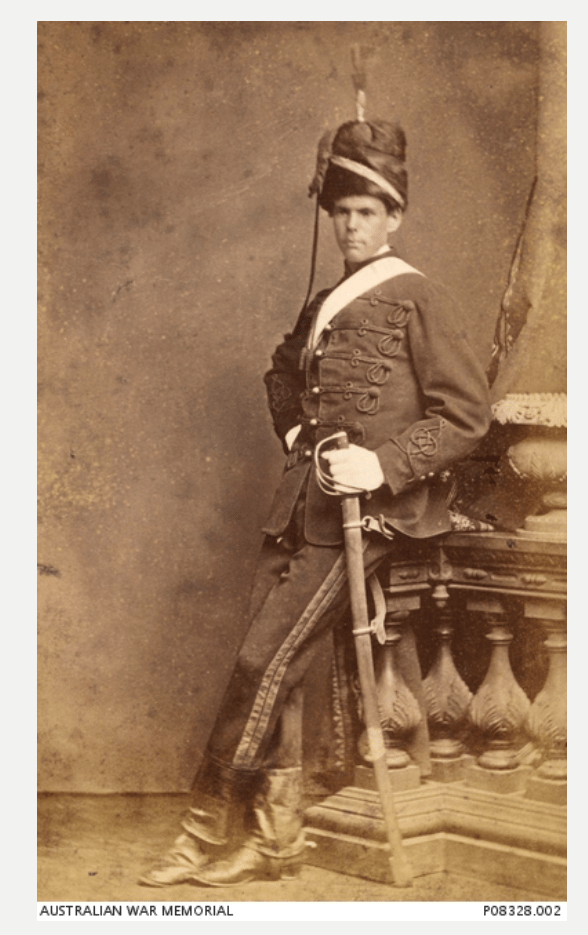
AWM P08328.002: unidentified Victorian Colonial soldier, a private in a Victorian volunteer cavalry unit , most probably the Prince of Wales Volunteer Light Horse (Hussars).
A system of “effective allowances” was introduced as a means of maintaining a certain standard of efficiency among the corps, and between 1865 and 1870 some three or four thousand “land certificates,” acceptable as the equivalent of £50 in the purchase or rental of Crown lands, were issued to volunteers who had been “effective” for five years or longer. In 1866 the Enfield rifle was replaced by the Lancaster, and about the same time the metropolitan wearers of the despised “invisible grey” were transformed into “red-coats,” although the grey uniform remained in use for many years by the Sandhurst and Castlemaine battalion.
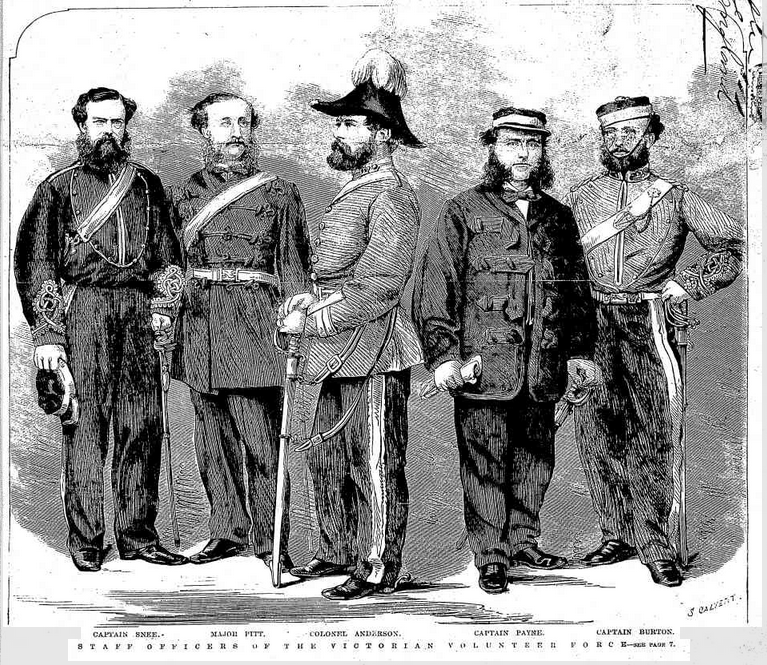
The Australian News for Home Readers (Vic), 18th March 1865. Colonel Commandant Anderson (in the middle) flanked by Major Pitt (brigade) and Capatain Snee (artillery), Captain Payne (naval brigade) and Capatain Burton (cavalry), all in field uniform.
For any comments or questions, please use the Contact page.
